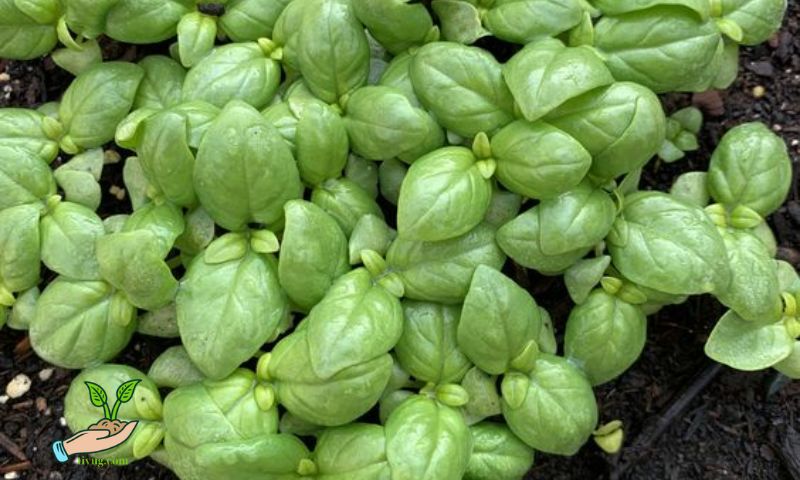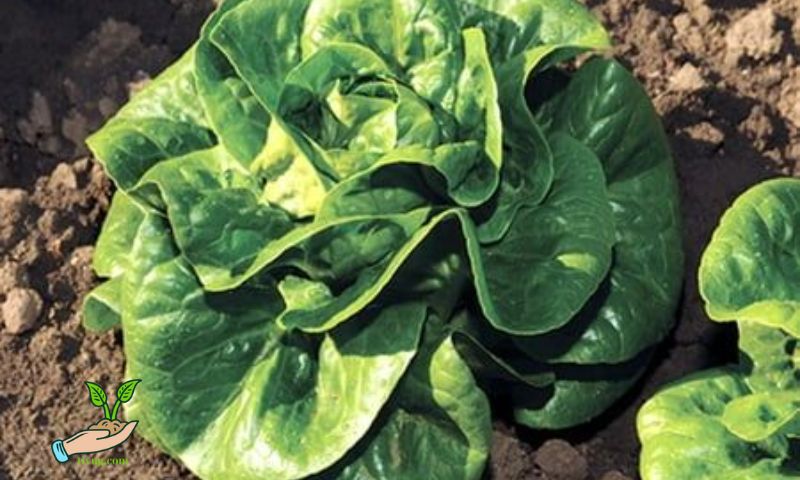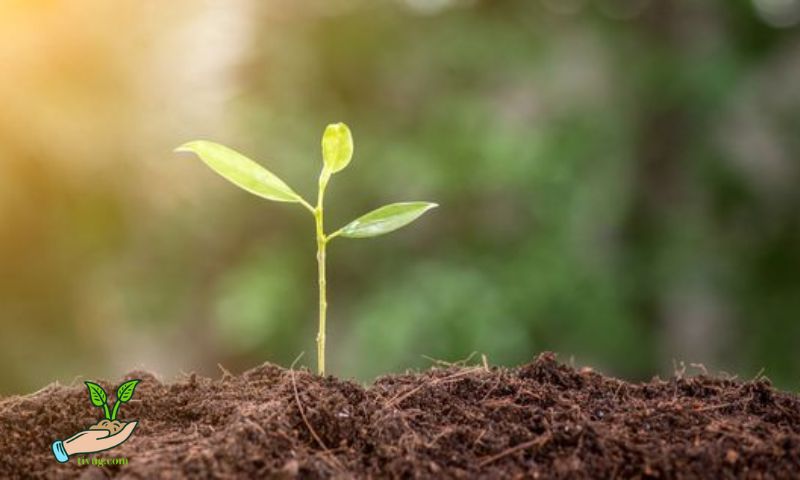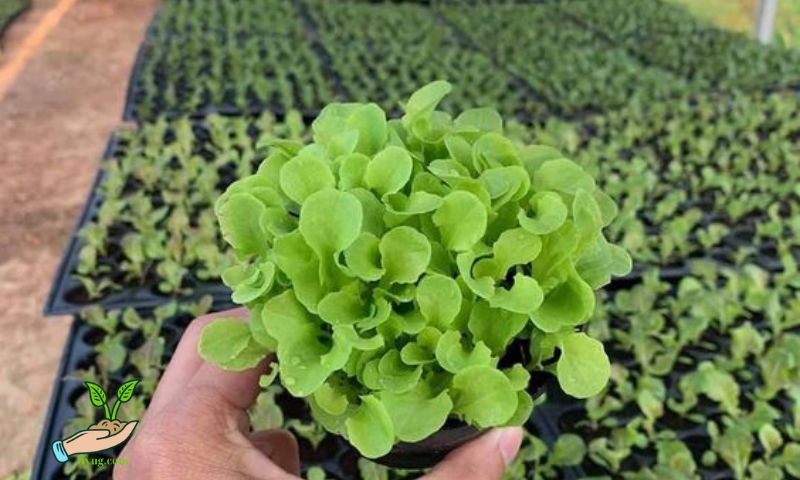In the realm of agriculture and gardening, seedling production stands as a fundamental process that lays the groundwork for healthy crops and robust plants. Understanding the nuances of seedling production is crucial for ensuring successful cultivation. This article delves into the essential steps, factors, and techniques involved in producing seedlings, offering insights into how to optimize this vital aspect of plant growth.
Understanding Seedling Production

Seedlings are young plants that emerge from seeds and are nurtured until they are ready for transplantation into the soil or larger containers. They are critical in agricultural practices, enabling efficient crop establishment and ensuring uniform plant growth. Depending on the type of plant being grown, seedling production can vary widely in methods and requirements.
Factors Affecting Seedling Production
Several key factors significantly influence the success of seedling production:
1. Environmental Factors: Proper environmental conditions play a pivotal role in seedling development. Temperature, humidity levels, and light intensity are critical factors. Seedlings require specific temperature ranges for optimal germination and growth. For instance, warm-season crops like tomatoes thrive in warmer temperatures, while cool-season crops such as lettuce prefer cooler conditions.
2. Soil and Substrate Considerations: The choice of soil or growing medium is crucial. It should provide adequate nutrients, aeration, and drainage to support seedling growth. Soilless mixtures, such as peat moss or coconut coir, are commonly used for their lightweight and nutrient-retaining properties, ideal for promoting healthy root development.
3. Watering and Irrigation Techniques: Proper watering is essential to prevent waterlogging or drought stress, both of which can hinder seedling growth. Drip irrigation systems or misting techniques are often employed to deliver water evenly and efficiently to seedlings without causing soil compaction.
Steps Involved in Seedling Production

Successful seedling production involves several sequential steps:
1. Selection of Seeds: High-quality seeds are the foundation of successful seedling production. Choose seeds that are certified, disease-free, and suited to local growing conditions. Proper seed treatment, such as scarification or soaking, can enhance germination rates and seedling vigor.
2. Sowing: Depending on the plant species, seeds can be sown directly into seed trays or started indoors for later transplantation. Ensure seeds are sown at the correct depth and spacing to optimize germination and avoid overcrowding.
3. Nurturing Seedlings: Germination begins with providing consistent moisture and suitable temperatures. Once seedlings emerge, maintaining adequate light levels—natural or supplemented with grow lights—is crucial for healthy growth. Proper ventilation and humidity control also play roles in preventing damping-off disease and promoting sturdy seedling stems.
4. Transplanting: As seedlings mature and develop strong root systems, they are gradually acclimatized to outdoor conditions before transplanting into the garden or larger containers. This process, known as hardening off, helps seedlings adjust to environmental changes and reduces transplant shock.
Tools and Equipment for Seedling Production
Several tools and equipment enhance the efficiency and success of seedling production:
1. Essential Tools: Seed trays, nursery pots, and dibbers are indispensable for handling and planting seedlings. These tools facilitate precise seed placement and transplanting.
2. Advanced Equipment: Germination chambers or heat mats provide controlled environments for germinating seeds, ensuring consistent temperature and moisture levels critical for seedling development. Grow lights are used to supplement natural sunlight, especially in regions with limited daylight hours or during cloudy weather.
Common Challenges in Seedling Production

Despite careful planning and execution, seedling production can face challenges:
1. Pests and Diseases: Aphids, damping-off fungi, and other pests can threaten seedling health. Integrated pest management strategies, such as biological controls or organic sprays, help mitigate these risks without harming seedlings or the environment.
2. Environmental Variability: Unpredictable weather patterns, sudden temperature changes, or fluctuations in humidity levels can stress seedlings. Monitoring weather forecasts and providing protective measures, such as row covers or shade cloth, can minimize these impacts.
Tips for Successful Seedling Production
To optimize seedling production outcomes, consider the following tips:
1. Maintain Optimal Growing Conditions: Regularly monitor temperature, humidity, and light levels to ensure they align with seedling requirements. Adjust watering schedules based on environmental conditions and seedling growth stages.
2. Monitor and Adjust Care Routines: Observe seedlings for signs of nutrient deficiencies, pest infestations, or diseases. Promptly address any issues to prevent them from spreading and affecting overall seedling health.
3. Record-keeping and Data Analysis: Keep detailed records of seed varieties, sowing dates, and growth observations. Analyzing this data over time can provide insights into which methods and conditions yield the best seedling results.
Conclusion
Seedling production is a meticulous process that requires attention to detail and adherence to best practices. By understanding the factors influencing seedling growth, implementing appropriate techniques, and overcoming challenges, growers can enhance crop productivity and ensure the vitality of their plants from seed to harvest.

